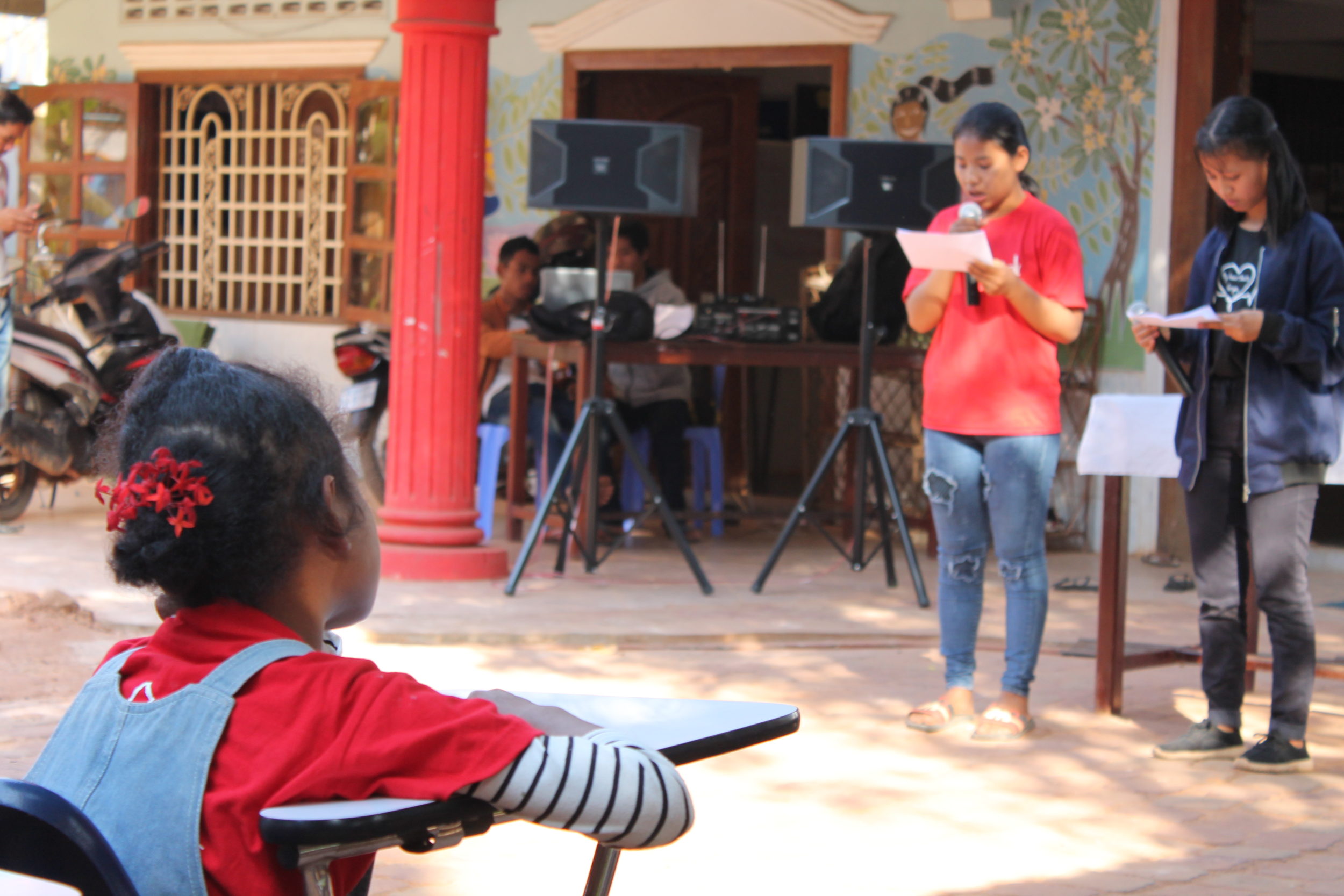<
Creativity, used both by pedagogues as well as children, is generally perceived as the basis of a multitude of beneficial skills and perspectives. At the very core, creativity entails the idea of “do it yourself”. Creativity means the power to create something, to do something anew; it means independence, self-reliance and self-responsibility. When we engage in creative activities, we are seeking out our own ways of going about them (“Do I want to paint the picture in this or that style?”) and we look for solutions (“The colours don’t look the way they should. I need to try a different kind.“). Most importantly, we learn to look at things from our own perspective, we learn to question and optimise familiar approaches because we try out our own. Aside from it’s many wonderful side effects, this is where creativity’s main significance may lie: in enabling us to go further. Especially in educational development work, creativity can thus be a tool to encourage individuals to be proactive and find methods and perspectives on their own, enabling them and their communities to develop in a way that is best for them.
Creative writing workshop
A recent example of how Anjali House encourages these mental skills is the creative writing workshop performed by its partner NGO Writing Through once every year. Over the course of five days in January, the students wrote poems and short stories as a group and individually, approaching the topic of “Taking Risks”. Even though the workshop is always conducted entirely in English, language fluency is a desired side effect but not a requirement. As Jess Blackledge, the assistant director of Writing Through, explains, the main goal of the workshop is to enable the students to practice conceptual and creative thinking rather than language fluency. As Ms. Blackledge highlights, conceptual thinking is at the heart of creativity. It enables us to derive ideas from ourself and not from others, to connect our thoughts to outside influences by comparing and challenging, to think in our own ways and to find our own perspectives. Hence one of the rules of the workshop formulates: “Use the back of your brain” – you have all the interesting ideas within you, you don’t need to get them from anywhere else.
Free expression of emotions
This might be one of the reasons why the student’s works are often deeply personal and emotional as this is really unusual in Cambodian culture. Here, emotions are barely ever openly discussed. According to Ms. Blackledge, this unusually free expression of emotions is due to the form of poetry. This type of writing offers a very free way of expression and is also something new for most of the students who first attend the workshop. As a result, it won’t come as a surprise that the presentation of their work often is almost as emotionally challenging as the work is itself: “At the end of each workshop we have something called the “Big Event” where the students stand up in front of an invited audience and read a piece of their work in English. Anjali House students are extremely capable and very confident so for them this is no problem at all. But for many students that is such a big deal because they have never done something like that before. Mostly the parents will attend who are often illiterate in Khmer, nevermind English, so they come and watch and to see their child standing there reading something they have written in English that is personal to them really is a big deal.”]]>
